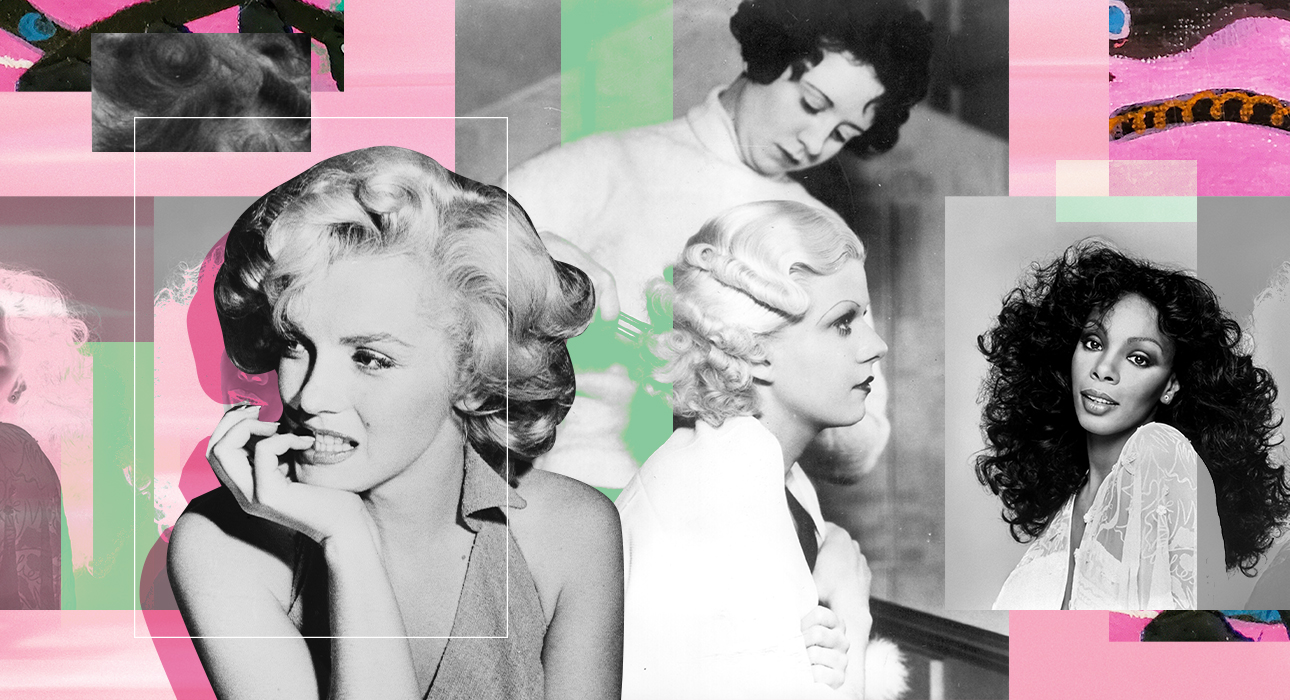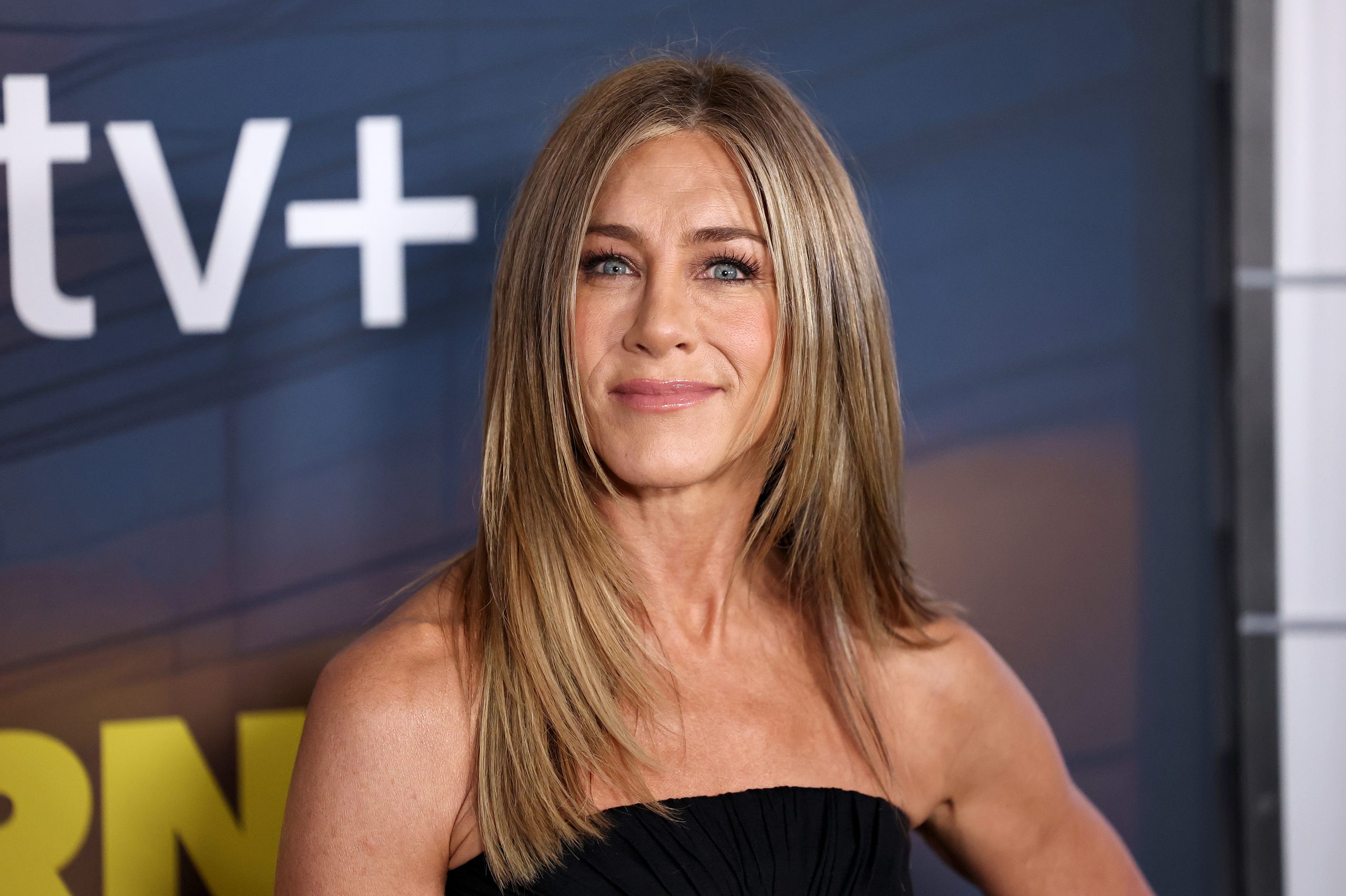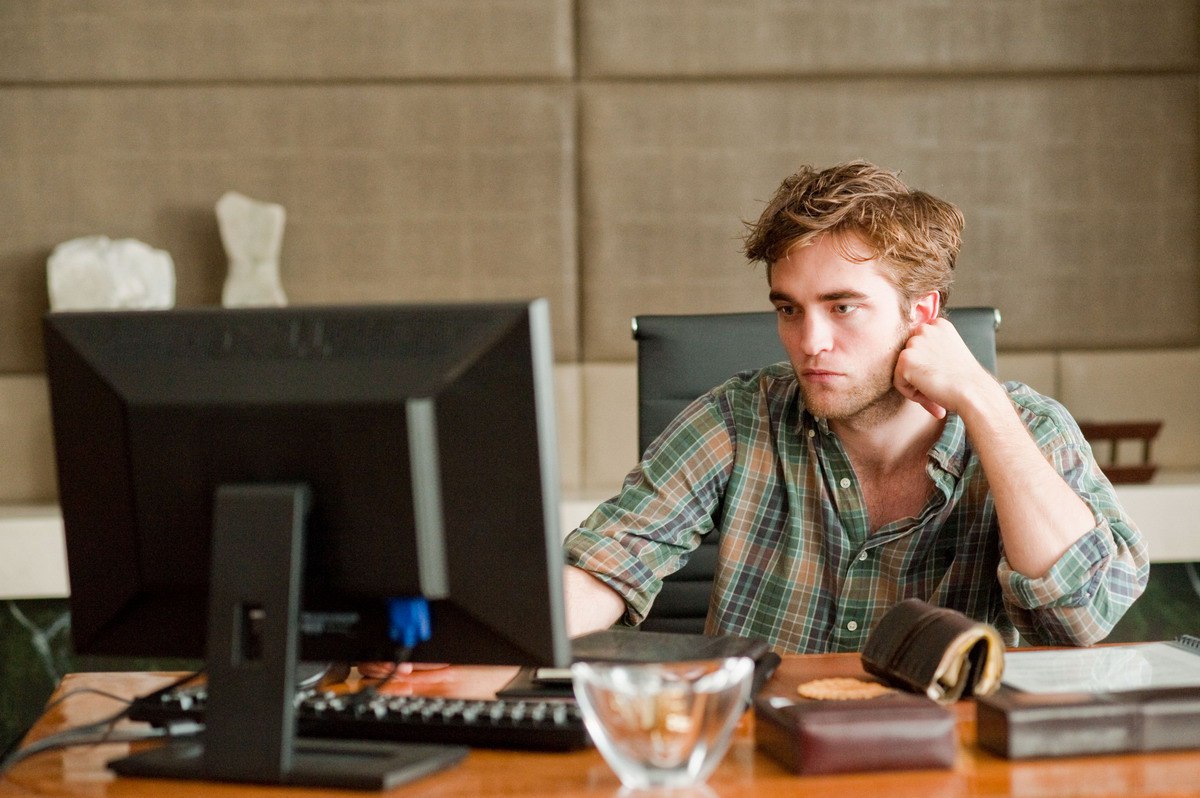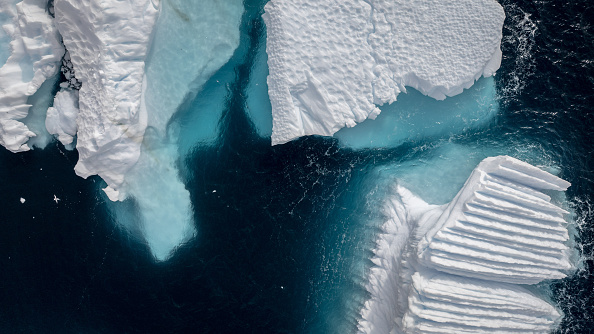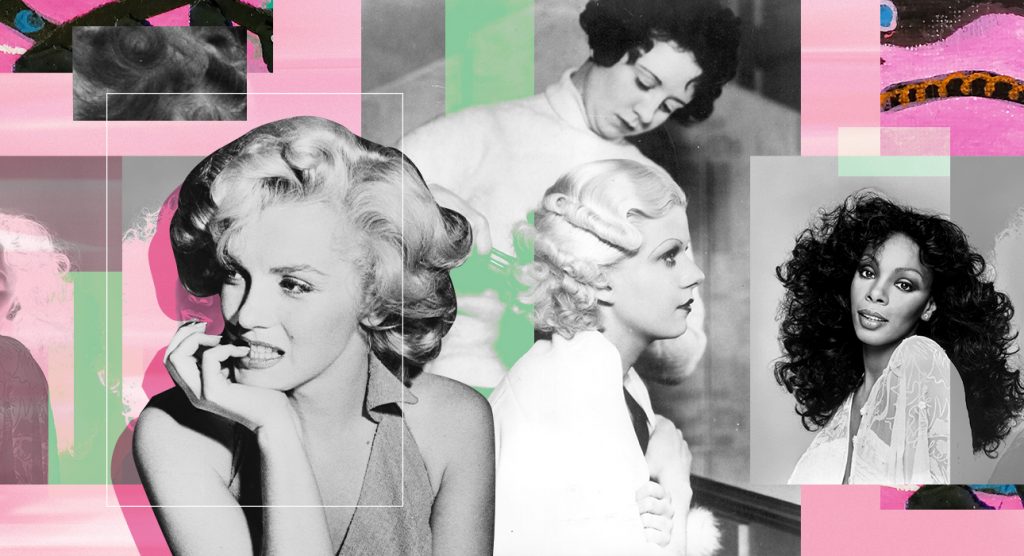
Every decade has its own unique style in fashion, makeup and hair. Remember the iconic “Rachel” haircut of the 90s or the rock and roll mullet of the 80s. These hairstyles are also associated with a certain time, like a filter on a banned social network. Moreover, hair length can often tell more about the economic and political situation in the world than a historical movie.
Which hairstyle will be iconic for our time? Perhaps it’s the overgrown bangs as a symbol of the pandemic, or the jellyfish haircut that’s a reminder of the massive impact of TikTok. It will take years to know for sure. In the meantime, we invite you to delve into history and see which hairstyles have become symbols of the last 100 years.
1920s: bob
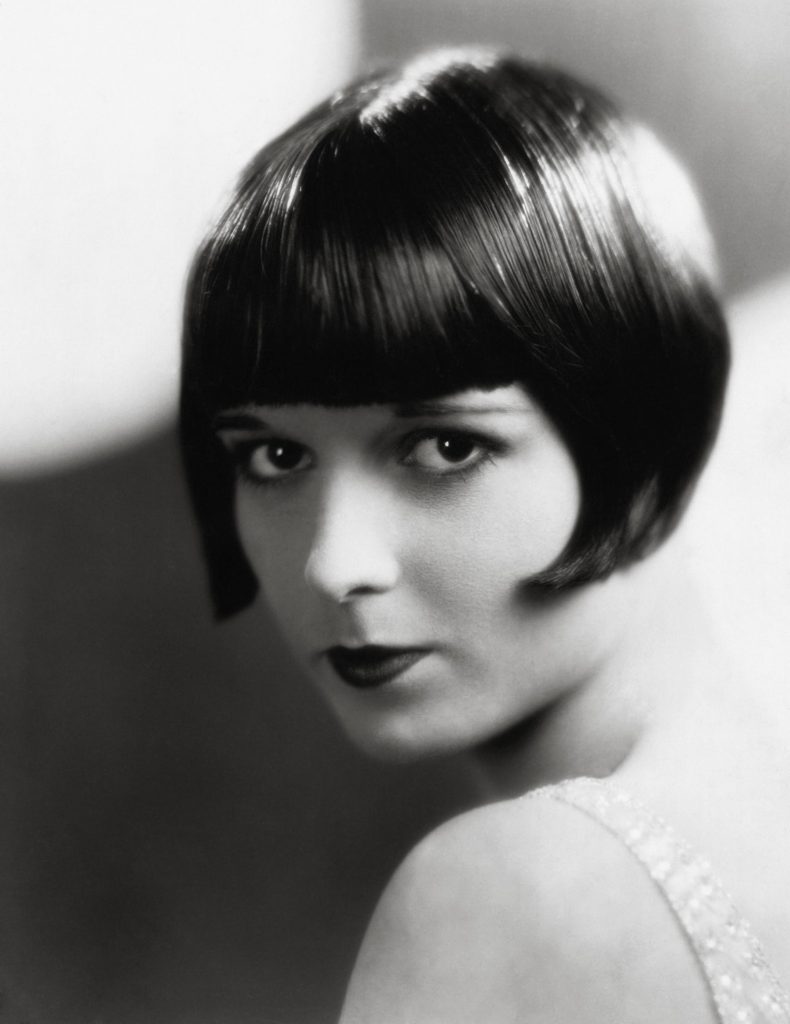
The end of the First World War marked a new life; fashion and clothing styles changed radically and jazz music evolved. Girls were trading tight corsets for bras and underwear, and long hair for bob cuts. Nowadays the bob is a common occurrence, but back then the short haircut was a sign of women’s emancipation. By saying goodbye to their hair, women were abandoning the cultural and ideological trappings of traditional femininity that their mothers and grandmothers had adopted. Silent film actors Louise Brooks and Colin Moore were among the first to get bob haircuts. And after them, women all over the world began to cut their hair short.
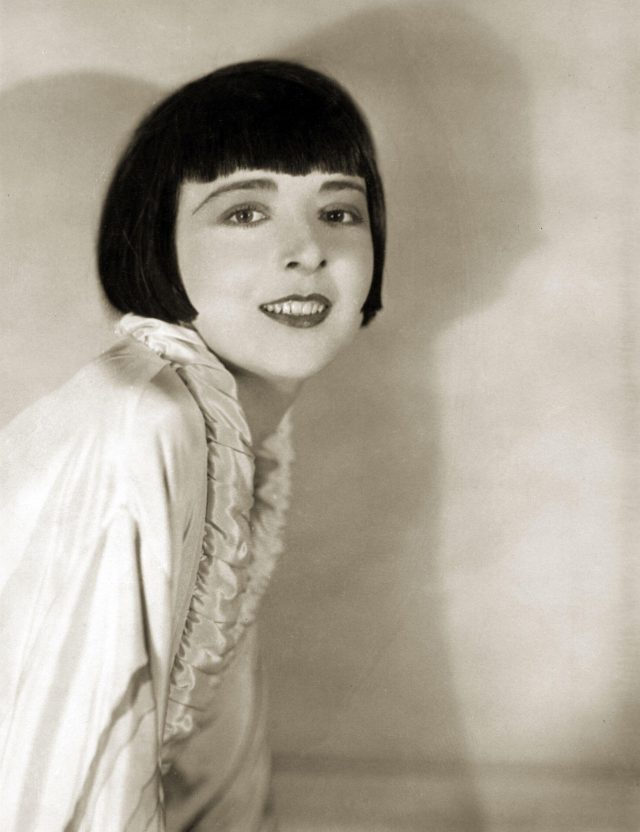
1930s: Glamorous waves
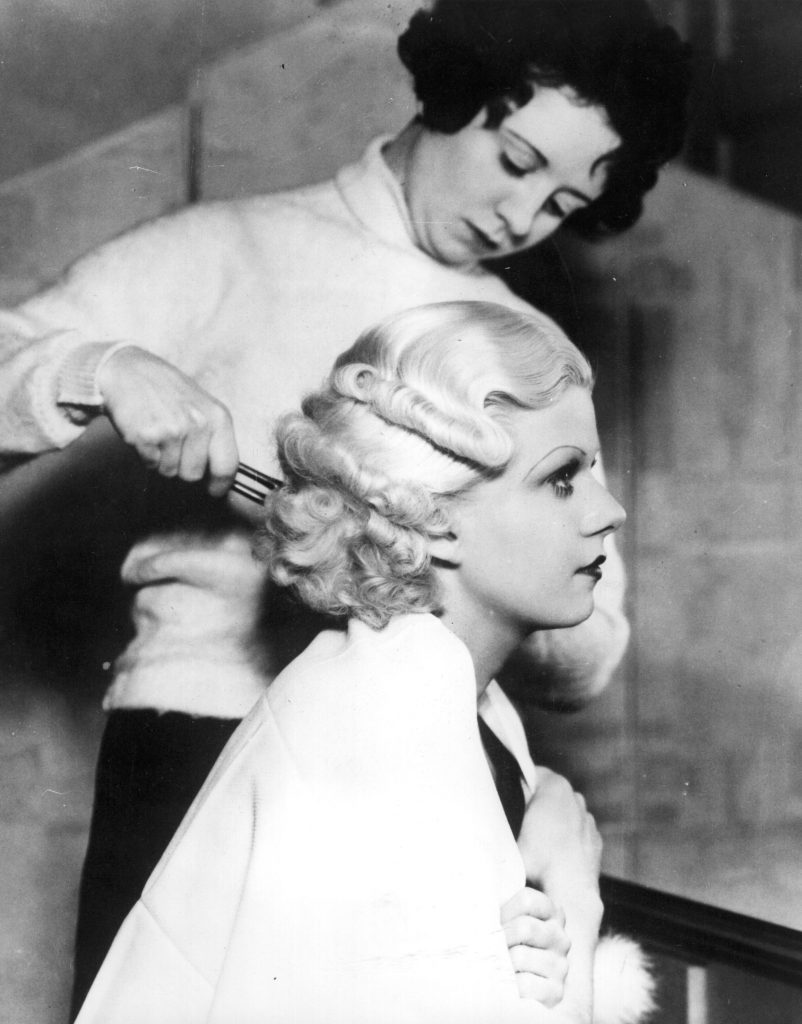
Despite the economic hardships of the Great Depression, the 1930s saw a revival of glamor and elegance in hairstyles in the United States. Fashion is becoming more feminine again, with dark boyish hairstyles being replaced by platinum blonde and styled waves. The first Hollywood blonde was Jean Harlow. Her soft blonde curls became a model for many women, and soon the ranks of movie blondes were joined by Marlene Dietrich, Mae West and others.
1940s: “Triumph Curls”
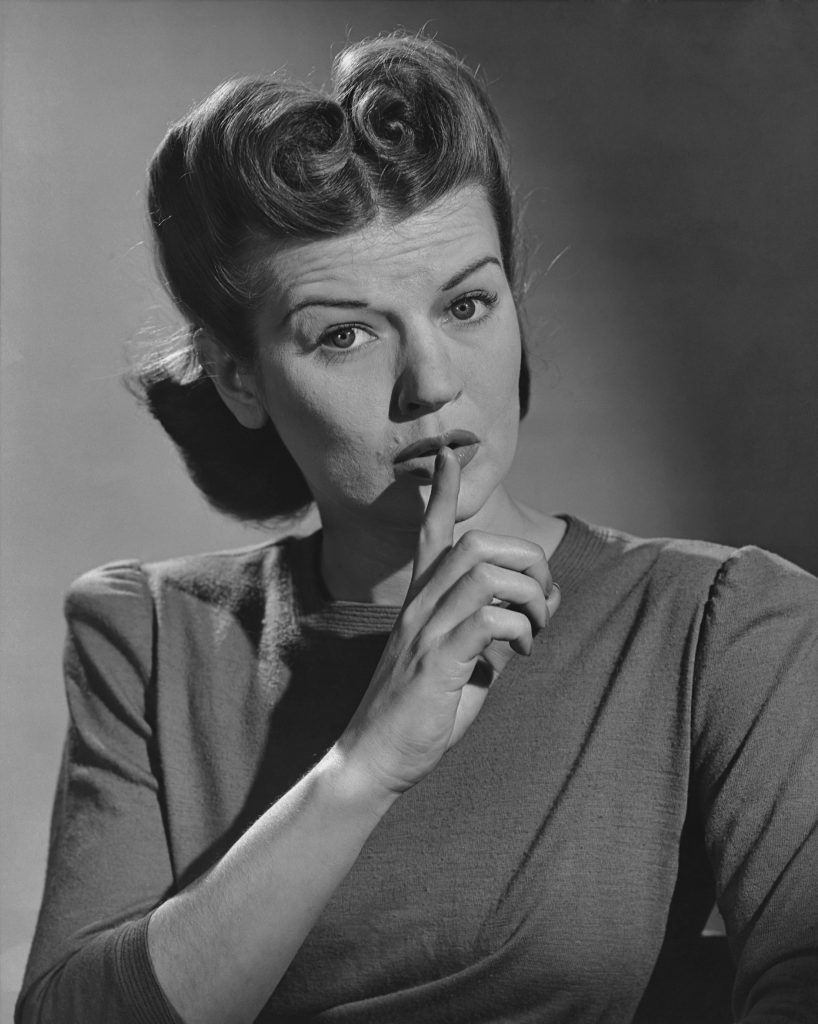
The defining event of the 1940s was World War II. It was World War II, so it’s only natural that practical wartime hairstyles were a hallmark of the period. The most popular were Victory Rolls (translated from English as “triumphal curls”). According to one theory, the hairstyle was given this name because it resembles the aerobatic maneuvers of planes turning horizontally as a sign of victory. By styling their hair this way, women showed their solidarity with the soldiers fighting on the battlefield. The “victorious” hairstyle was characterized by voluminous curls of hair placed on the top of the head or framing the face. The curls resembled two tubes, so tight it felt like there were curlers still in the hair. The rest of the hair was curled, pulled back, and partially undone.
1950s: Elegant curls
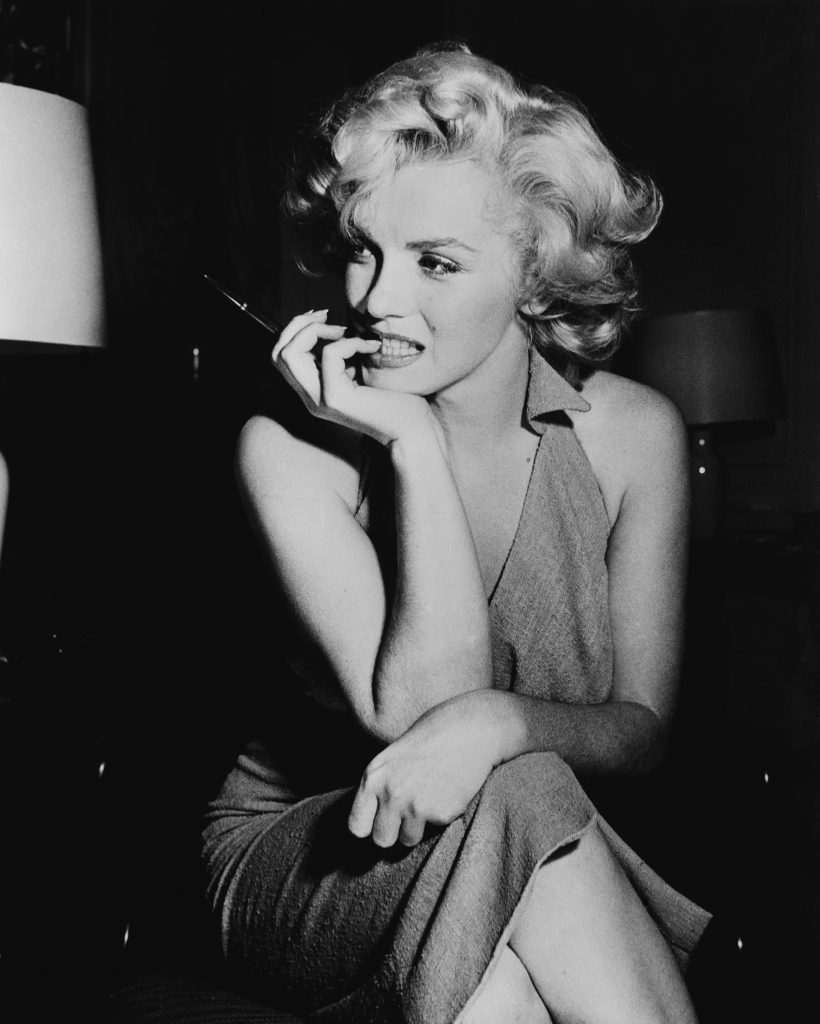
The 1950s are rightfully considered one of Hollywood’s most glorious eras. Women of that time preferred the classic style with short curls in the style of Marilyn Monroe. Along with Monroe, another style icon was a completely different Audrey Hepburn, who had the legendary pixie haircut at that time. Audrey’s heroine, Princess Anne, cuts off her long hair in one of the “Roman Holiday” episodes and gives herself a naughty boyish haircut – smooth on the sides and voluminous on top. In essence, it was a variation on the theme of the 1920s bob, but with a characteristic feature: the bangs were divided into strands and torn.
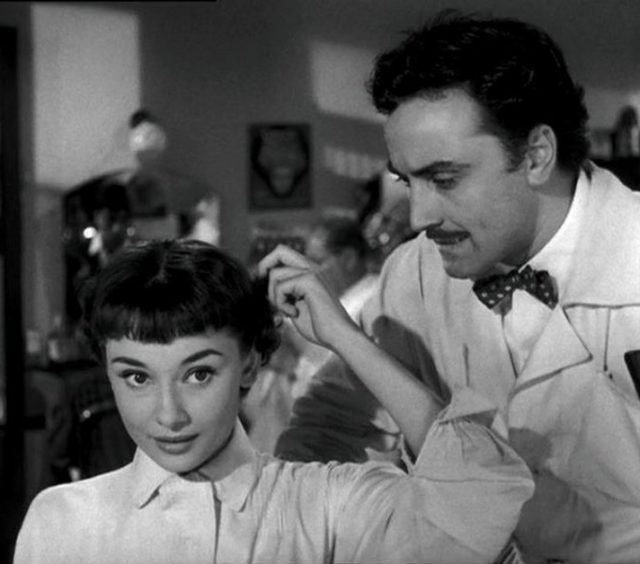
1960s: Babette and Pixie
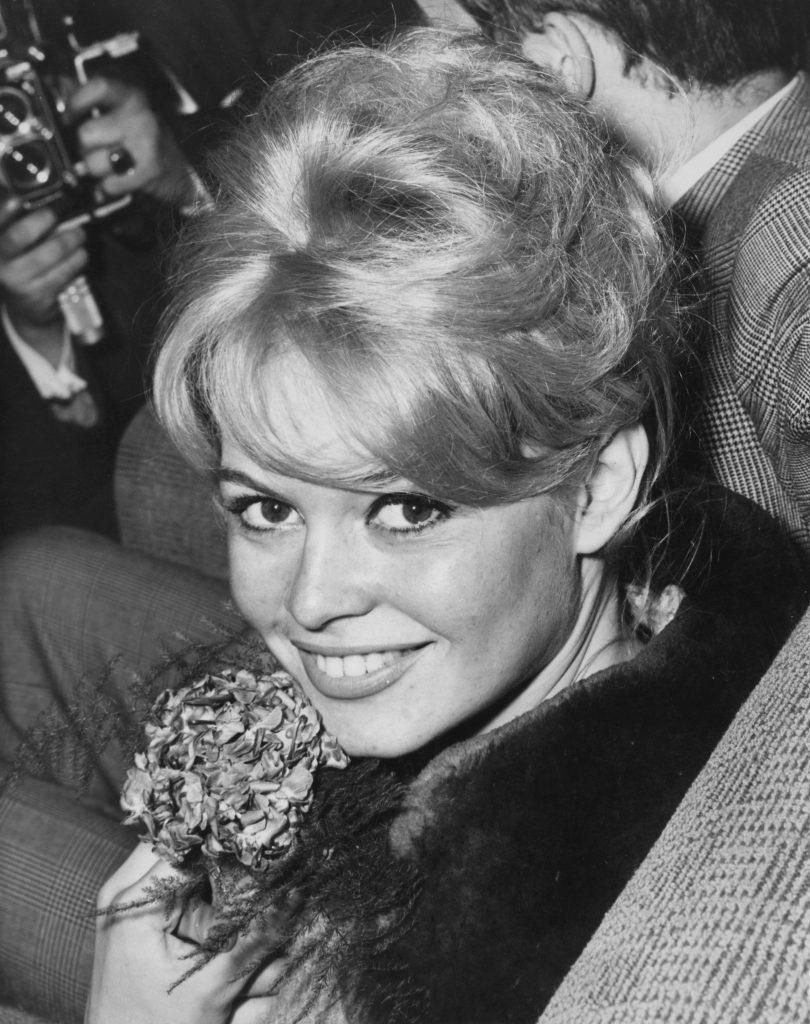
Perhaps the first period when it was impossible to single out a single hairstyle that was symbolic of the decade was the 1960s. It was a time of experimentation, individuality and the development of subcultures. In 1959, the movie “Babette Goes to War” starring Brigitte Bardot was released. Later, the “babette” hairstyle of the same name becomes especially popular – strands of hair laid in a tight roll, combed from root to tip and lifted upwards. The strands were tied together in a random order, so the hairstyle looked like an elegant and careless nest.
The 1960s was also a period when the roaring spirit of the 20s returned with thick, voluminous hair styles with thick bangs in the style of Jean Shrimpton, and short haircuts. It is believed that it was celebrity hairstylist Vidal Sassoon who first created the legendary pixie haircut for Twiggy and actress Mia Farrow, with whom she would star in Rosemary’s Baby a few years later.
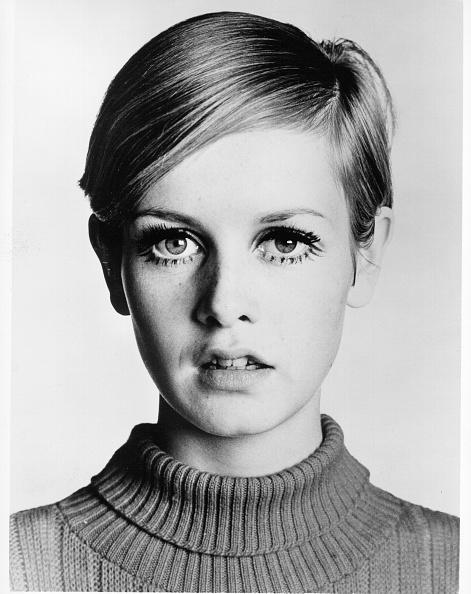
1970s: African Curls
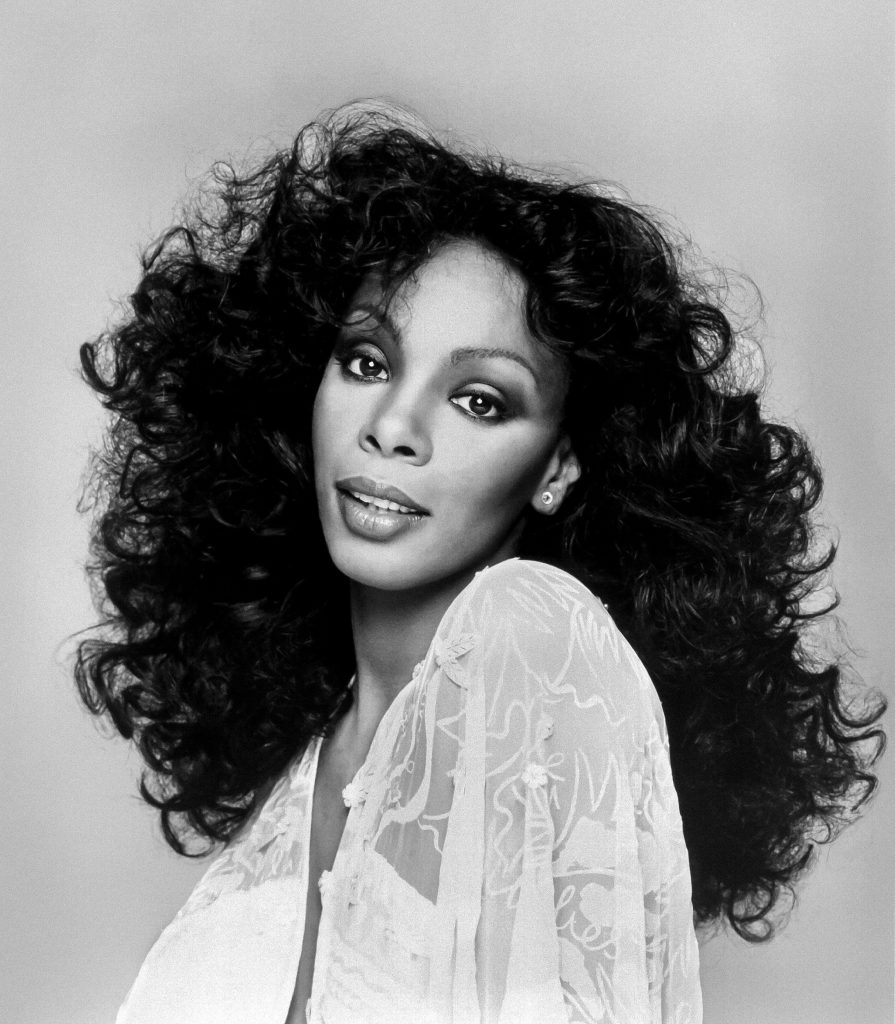
The 1970s were all about disco and self-expression, and trendy hairstyles reflected the carefree and hedonistic spirit of the era. Afro hairstyles became increasingly popular and symbolized pride in black identity and heritage. At the same time, disc stars such as Diana Ross and Donna Summer wore curls and updos that represented the glitz and glamor of the era. Another style icon is Farrah Fawcett, who starred in the movie “Charlie’s Angels” with her famous bangs and multi-layered voluminous curls.
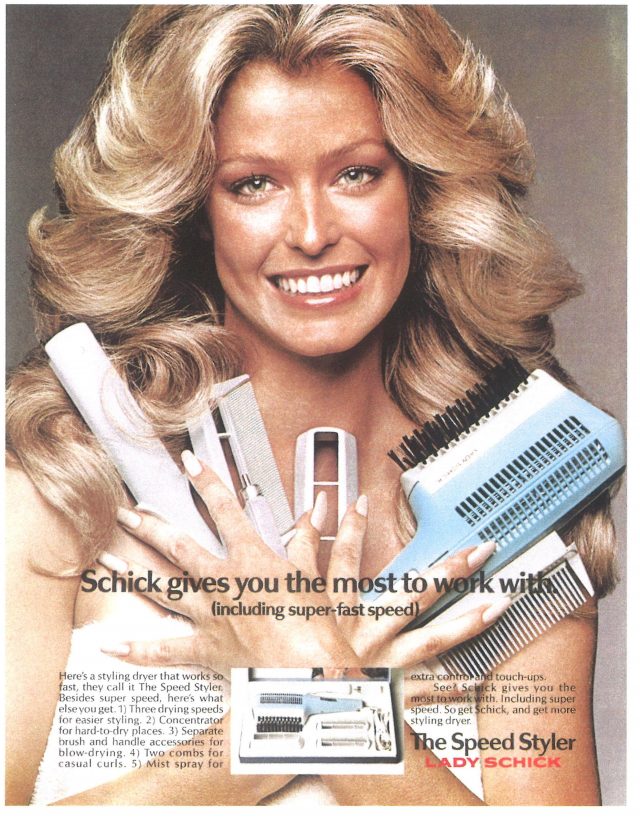
1980s: mullet
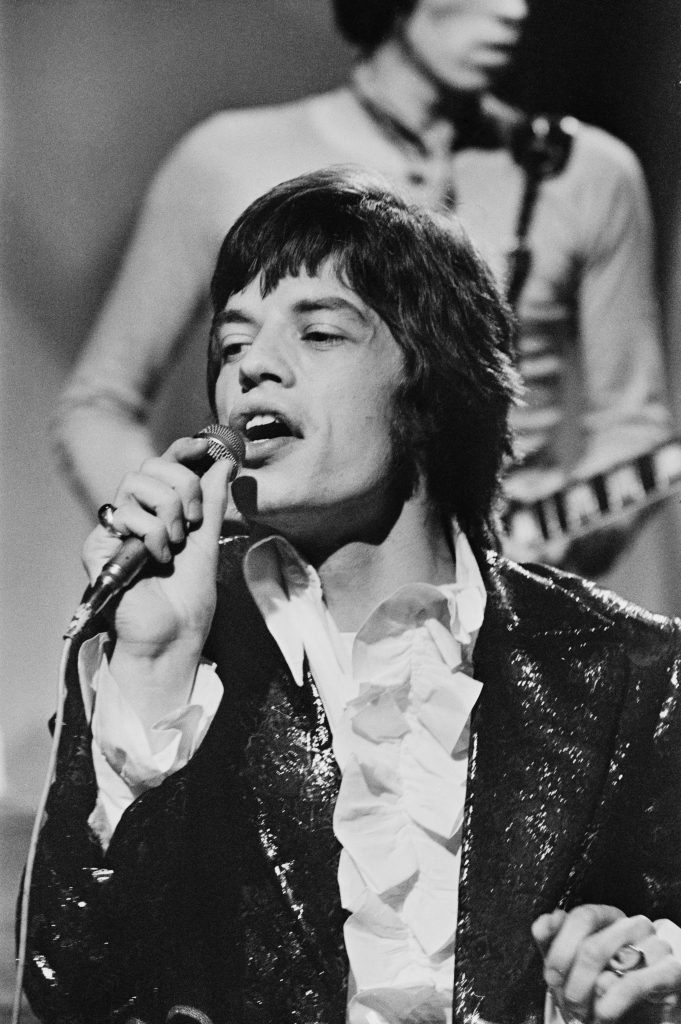
The decade of maximalism and extravagance was upon us, and hair trends were no exception. Big hair reigned in the 1980s: voluminous curls, updos and bouffant hair defined the look of the time. The women had perms and curls. The same years are also considered the birth of mullet and feathered haircuts, which have recently come back into fashion. Although the mullet appeared in the mid-70s along with Ziggy Stardust (David Bowie’s alter ego on the album “The Rise and Fall of Ziggy Stardust and the Spiders from Mars”), the haircut gained particular popularity only in the 80s. Later, rock stars like Patti Smith and Mick Jagger started wearing mullets.
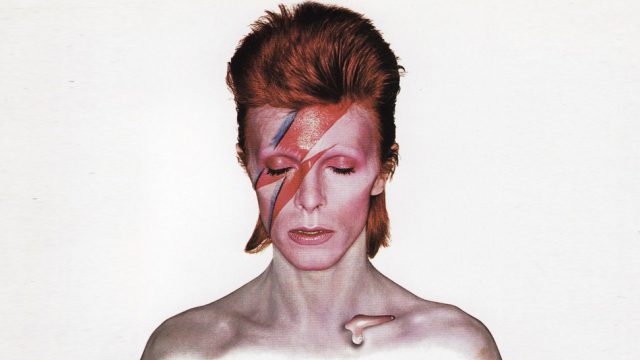
1990s: “Rachel”

The role of Rachel Green in the TV series “Friends” brought Jennifer Aniston great popularity and made her a real style icon that fashionistas look up to not only in the 90s, but also today. Part of the heroine’s recognizable image was her layered haircut with highlighted hair, which she would later call simply “Rachel”. This is exactly what can be called one of the most popular hairstyles of the 90s.
2000s: Long hair
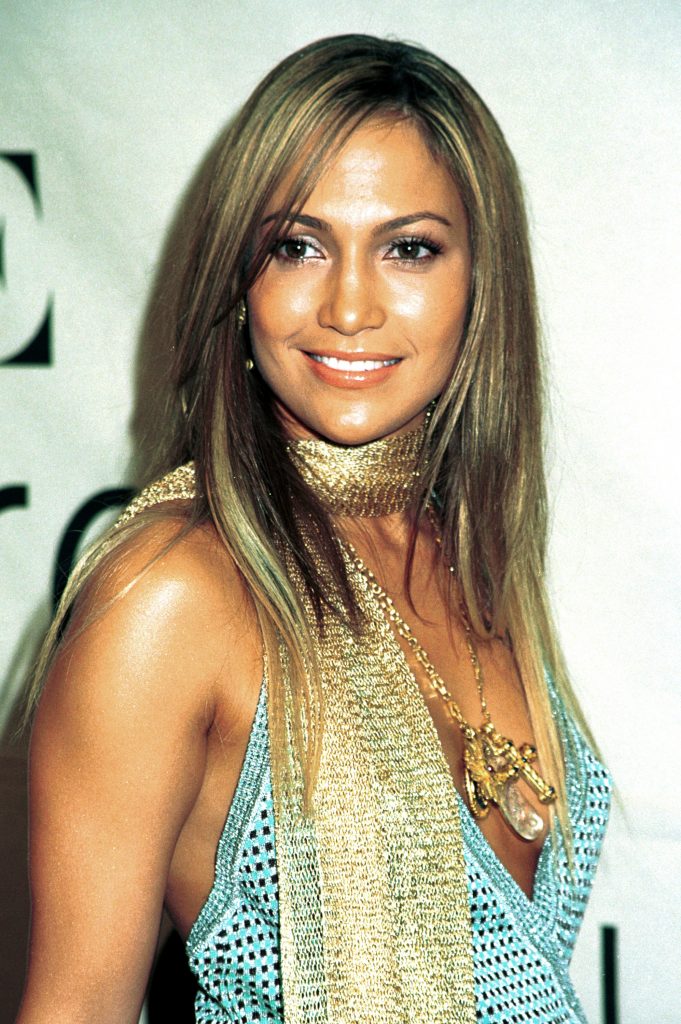
The early 2000s meant ironed hair, butterfly clips, accent strands, bandanas and tiny braids. This is again a time when self-expression and charm flourish. Moreover, since 2001, the Victoria’s Secret show began to be shown on television, so the style of supermodels also greatly influenced the girls of that era.
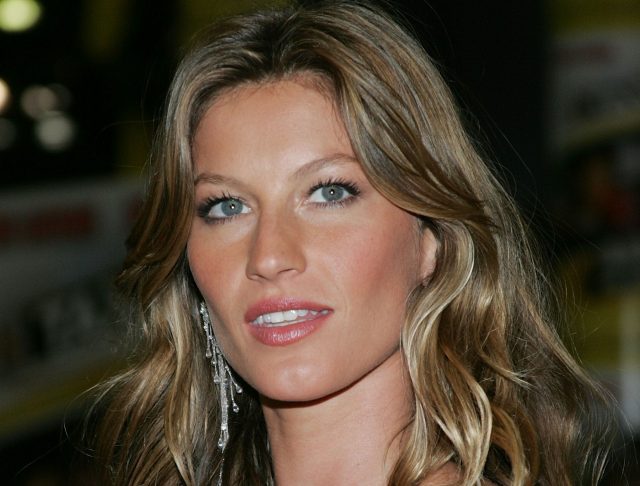
2010s: Age of Paint
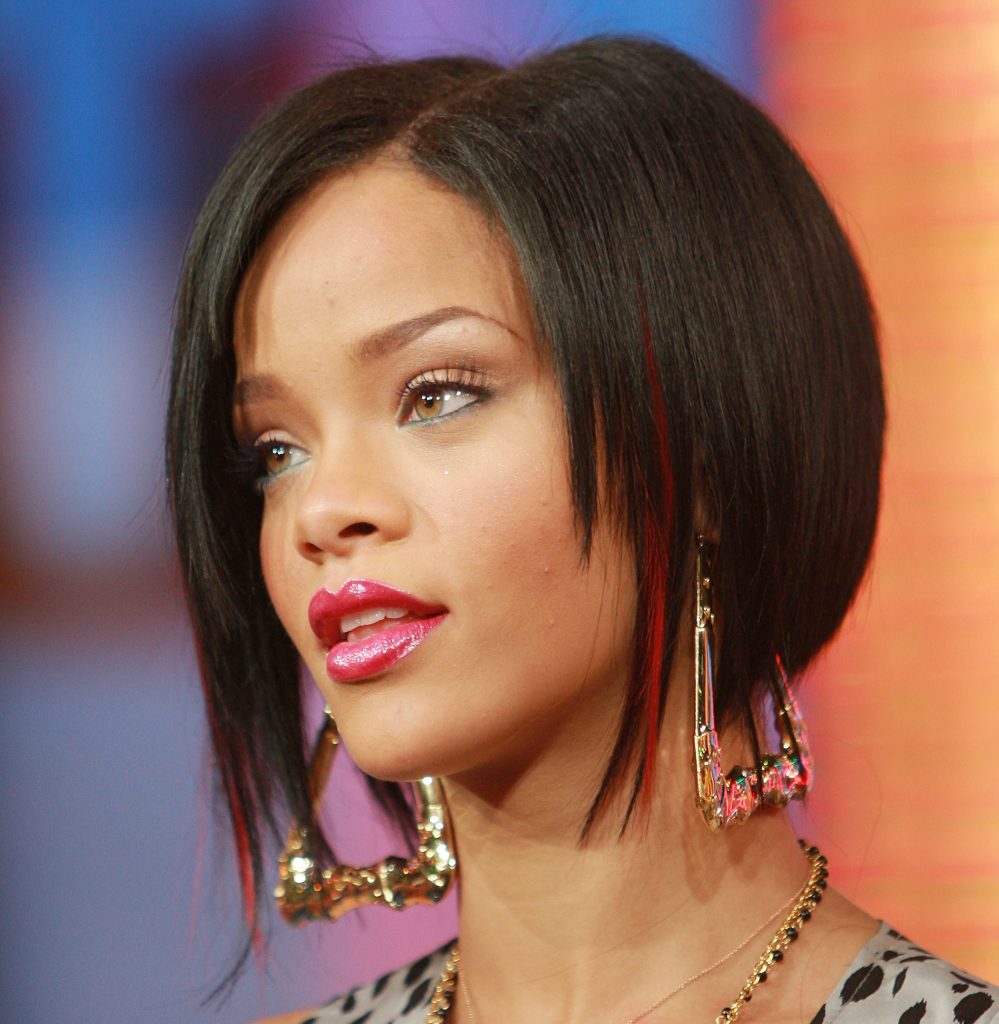
The 2010s marked the beginning of a new era in hair dyeing. Popularity comes to complex techniques for creating naturally sun-bleached hair – ombre, balayage and shatush. But some create highlights on the strands, while others prefer colorful dyeing. Stars dye their hair in bright blue, purple and calmer pastel shades.
2020s: eclecticism
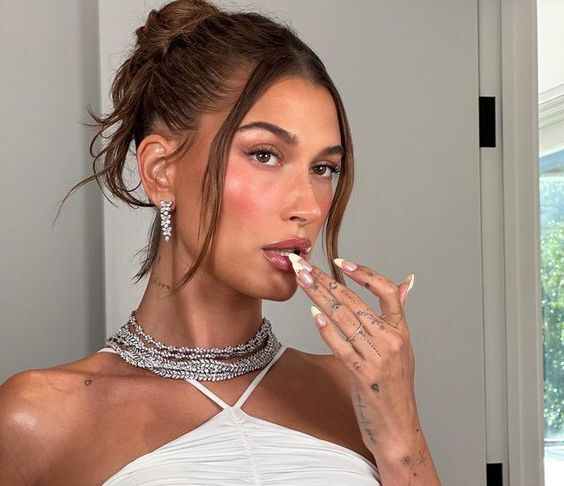
Nowadays, the number of trends and microtrends that appear regularly on TikTok is so large that it is difficult to predict which hairstyle will define this decade. What can be said for sure is that the pandemic has significantly affected the fashion world. However, we will only be able to understand how powerful it is in time. Meanwhile, every now and then we look back, reworking the trends of the 80s and 90s and adapting them to modern realities. Therefore, the hairstyles of the 2020s can currently be described as eclectic, that is, hairstyles where more than one style is used together.
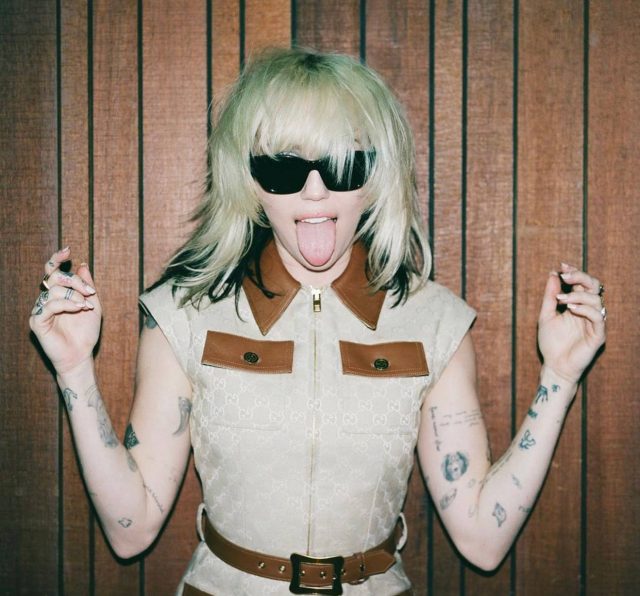
Is there an error in the text? Select it and press Ctrl + Enter
Let’s be friends?
Source: People Talk
I’m Roger Gritton, and I’ve been writing for the The Fashion Vibes for over 5 years now. My specialty is beauty news; I’m passionate about covering the latest trends, products, and innovations in the industry. In my time there, I’ve become known as an authority on all things beauty-related.
I love discovering new experts to interview, researching up-and-coming ingredients and techniques that are making their way onto our beauty shelves and highlighting people who are making a difference in the world of cosmetics. My work has appeared not only on The Fashion Vibes, but also several other publications including the New York Times Magazine, Allure Magazine and Refinery29.

